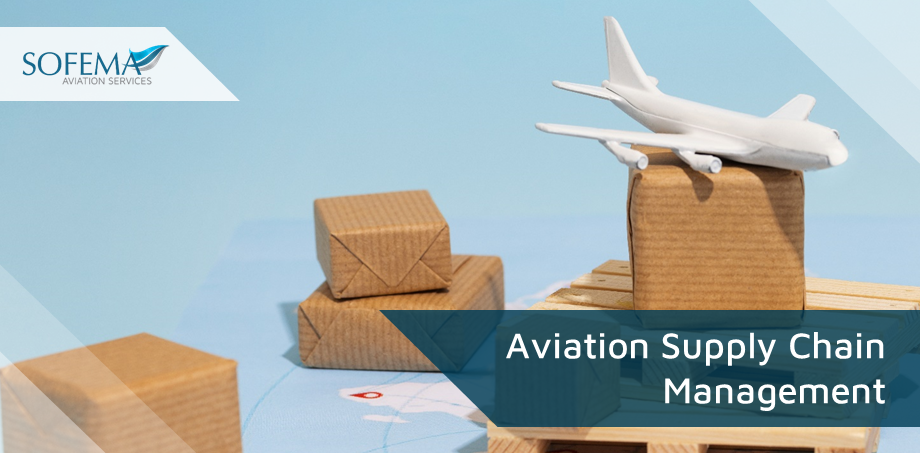Sofema Aviation Services (SAS) www.sassofia.com considers a detailed overview of EASA regulations for Aviation Supply Chain Management & Compliance strategies
Introduction
The European Union Aviation Safety Agency EASA’s regulatory framework is extensive, and its requirements for aviation supply chain management, particularly in parts management, are designed to ensure the highest levels of safety and quality.
EASA plays a crucial role in ensuring the safety and reliability of parts and materials within the aviation sector, here we focus on parts management and compliance strategies:
- Certification of Parts: EASA requires that all parts used in aircraft maintenance and manufacturing be certified for compliance with safety standards. This includes engines, avionics, as well as structural parts.
- There are stringent traceability requirements for aircraft parts. Each part must have documentation that traces its history back to the manufacturer, ensuring its authenticity and integrity.
- EASA mandates strict quality assurance procedures for suppliers in the aviation supply chain. This includes regular audits, inspections
- Compliance with ADs is Mandatory, Compliance with Service Bulletins should be considered on their merit. (These directives and bulletins provide essential information about maintenance and modifications required for the continued airworthiness of aircraft components.)
- Regulations also cover the proper storage and handling of aircraft parts to prevent damage and degradation. This includes environmental controls, handling procedures, and inventory management.
EASA Regulations for Parts Management:
- EASA Part-21 Regulation: Governs the production of aircraft parts. Under Part-21, organizations involved in the design and manufacturing of aeronautical products must obtain EASA certification.
o Part 21 sets out standards for design verification, production methods, and quality assurance.
o Compliance with Part-21 is crucial for manufacturers to ensure the parts are produced according to EASA standards.
- EASA Part-145 Regulation: This covers maintenance organization approvals. It outlines the conditions required for the maintenance, repair, and overhaul (MRO) of aircraft and components, including detailed requirements for the storage, handling, and documentation of parts.
- EASA Part-M Regulation: Focused on continuing airworthiness requirements.
It includes provisions for the management and tracking of aircraft parts, ensuring their serviceability and compliance with airworthiness directives
Supply Chain Compliance Requirements:
- Establishing a QMS that aligns with EASA requirements is essential. This system should include processes for quality control, documentation, and continuous improvement.
- Ensuring that staff involved in parts management are adequately trained and aware of EASA regulations is crucial.
o This includes training on handling, storage, and documentation procedures.
- Regular evaluation and monitoring of suppliers help in ensuring that they comply with EASA standards. This involves assessing their quality control processes, certification status, and performance history.
Next Steps
Follow this link to our Library to find & Download related documents for Free.
Sofema Aviation Services and www.sofemaonline.com provides EASA Compliant Regulatory Training and Vocational Courses for the Aviation Supply Chain. Please see the websites for more information or email team@sassofia.com
Tags:
Compliance, EASA, EASA Part 145, EASA Part M, Quality Assurance, Service Bulletins, EASA regulatory requirements, EASA compliant regulatory training, SAS blogs, Aviation Supply Chain, EASA regulatory framework, EASA standards, Aviation Supply Chain Management, EASA Part-21 Regulation, aeronautical products




